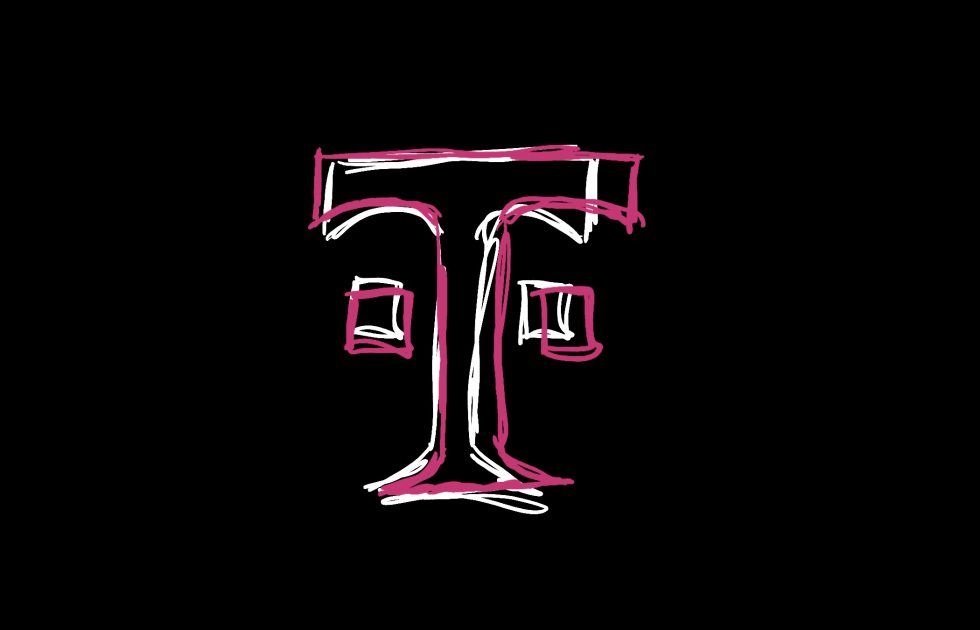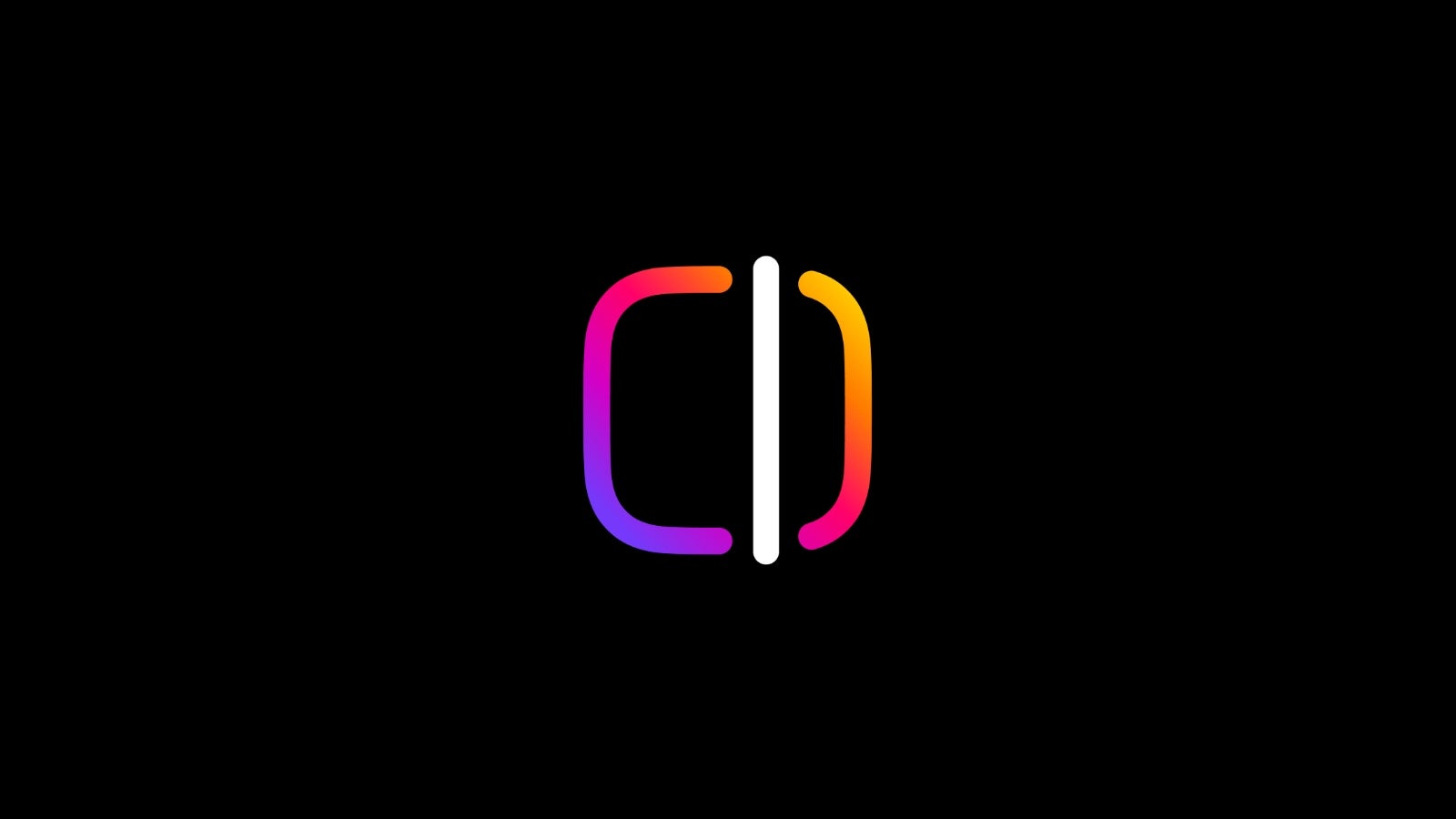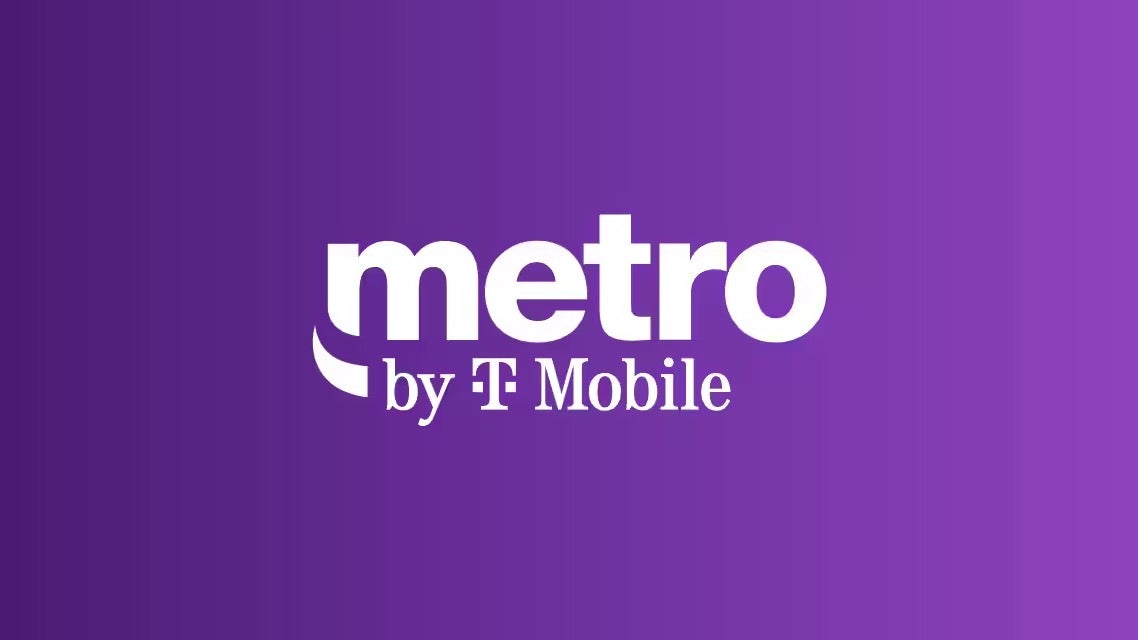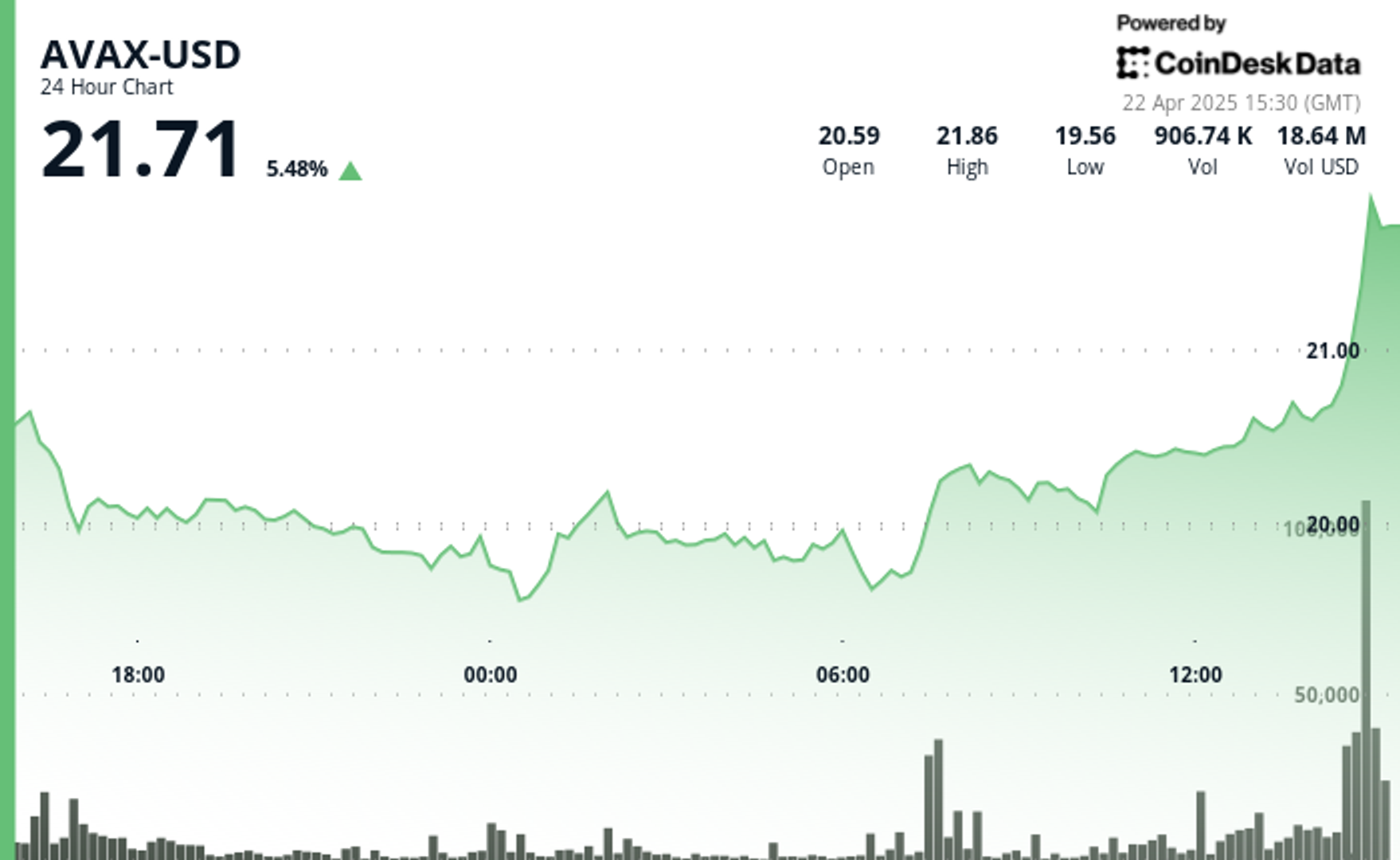Best Infrastructure as Code Tools in 2025
Infrastructure as Code (IaC) has revolutionized the way organizations build, deploy, and manage their IT infrastructure. Gone are the days of manually configuring servers or wrestling with inconsistent environments. With IaC, you can define your infrastructure using code, making it version-controlled, repeatable, and scalable. As we move into 2025, the demand for robust, flexible, and efficient IaC tools has never been higher. The rise of cloud-native technologies, multi-cloud strategies, and Kubernetes has pushed IaC tools to evolve rapidly. Today, these tools aren’t just about provisioning infrastructure—they’re about enabling teams to innovate faster, reduce human error, and maintain consistency across environments. But with so many options available, how do you choose the right one for your org? This article is here to help. We’ve done the heavy lifting for you by curating a list of the best IaC tools in 2025. Whether you’re a CTO, DevOps lead, or infrastructure engineer, this guide will give you the insights you need to make an informed decision. From open-source favorites to proprietary powerhouses, we’ve got you covered! What to Look for in an IaC Tool? Choosing the right IaC tool can feel overwhelming with so many options out there. Here’s what you should keep in mind: ease of use, scalability, community support, integration capabilities, and how well it aligns with your tech stack. The tools we’ve picked excel in these areas, offering unique features that cater to everything from cloud-native development to multi-cloud management. Most popular Infrastructure as Code tools in 2025 Here are our top picks for 2025 to help you kickstart your IAC journey: Crossplane Pulumi CDKTF (Cloud Development Kit for Terraform) Ansible OpenTofu Let’s dive in and explore what sets each apart! Top Infrastructure as Code Tools in 2025 1. Crossplane Crossplane is a cloud-native control plane that extends Kubernetes to manage cloud infrastructure and services. It’s an excellent choice for organizations looking to unify their cloud operations under a single platform. Distinguishing Features: Native Kubernetes integration, multi-cloud support, and declarative API-driven infrastructure management. CNCF Status: Incubating Website & Social Links: Website | GitHub | Twitter GitHub Stars: 10k+ Contributors: 200+ Release Rate: Frequent (monthly releases) Languages: Go Integrations: AWS, Azure, GCP, Alibaba Cloud, and more Business Use Case: Ideal for enterprises managing multi-cloud environments with a focus on Kubernetes OSS Community: Slack Channel | Weekly community meetings Commercial Support Partners: Upbound, InfraCloud, VSHN, Alauda Notable End Users: Autodesk, SAP, Fidelity Investments, Adidas, Nubank 2. Pulumi Pulumi stands out by enabling developers to write infrastructure code using general-purpose programming languages like Python, TypeScript, and Go. Distinguishing Features: Multi-language support, real-time state updates, and seamless CI/CD integration CNCF Status: N/A Website & Social Links: Website | GitHub | Twitter GitHub Stars: 22k+ Contributors: 300+ Release Rate: Frequent (bi-weekly updates) Languages: Go, TypeScript, Python, JavaScript Integrations: AWS, Azure, GCP, Kubernetes, and more Business Use Case: Best for developer-centric teams looking for flexibility and code reusability OSS Community: Slack Channel | Weekly office hours Notable End Users: Microsoft, Snowflake, Mercedes-Benz, Coca-Cola, Tableau 3. CDKTF (Cloud Development Kit for Terraform) CDKTF allows developers to define infrastructure using familiar programming languages while leveraging Terraform’s robust backend. Distinguishing Features: Combines Terraform’s reliability with the flexibility of modern programming languages CNCF Status: N/A Website & Social Links: Website | GitHub | Twitter GitHub Stars: 5k+ Contributors: 100+ Release Rate: Regular (aligned with Terraform releases) Languages: TypeScript, JavaScript, Go, Python, Java, C# Integrations: AWS, Azure, GCP, Kubernetes, and Terraform providers Business Use Case: Ideal for teams already using Terraform but wanting more developer-friendly workflows OSS Community: Terraform Forum | GitHub discussions Notable End Users: Netflix, Atlassian, Shopify, Wayfair, Robinhood 4. Ansible Ansible is an agentless automation tool for configuration management, application deployment, and orchestration, known for its simplicity and human-readable YAML syntax. Distinguishing Features: Agentless architecture, idempotent operations, human-readable YAML, extensive module library, multi-platform support CNCF Status: N/A (Maintained by Red Hat and the open-source community) Website and Social Links: Website | GitHub | Twitter GitHub Stars: 64k+ Contributors: 5000+ Release Rate: Regular (quarterly releases for stable versions) Languages: Python, PowerShell, Shell, C# Integrations: AWS, Azu
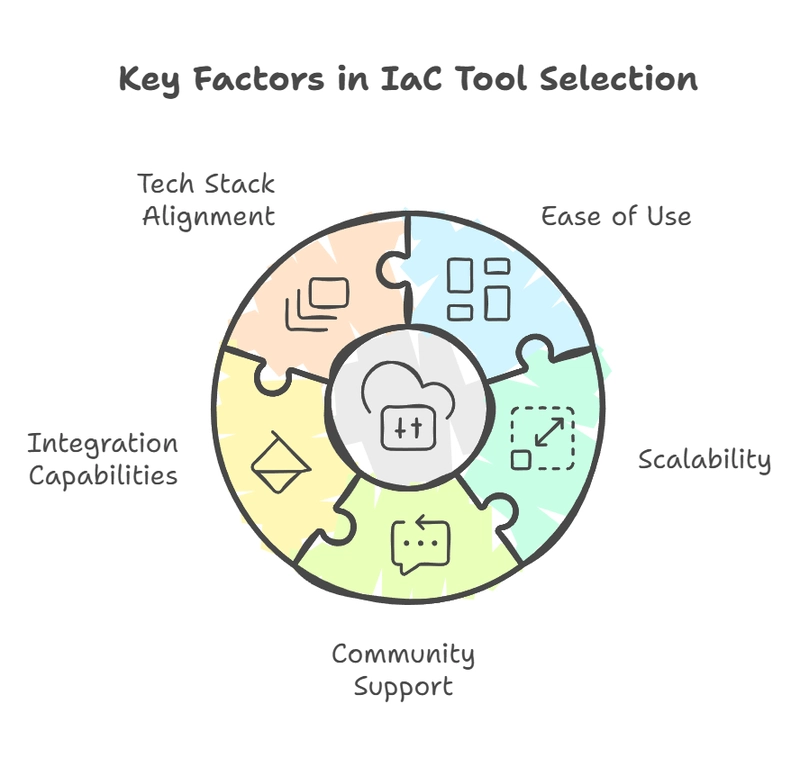
Infrastructure as Code (IaC) has revolutionized the way organizations build, deploy, and manage their IT infrastructure. Gone are the days of manually configuring servers or wrestling with inconsistent environments. With IaC, you can define your infrastructure using code, making it version-controlled, repeatable, and scalable. As we move into 2025, the demand for robust, flexible, and efficient IaC tools has never been higher.
The rise of cloud-native technologies, multi-cloud strategies, and Kubernetes has pushed IaC tools to evolve rapidly. Today, these tools aren’t just about provisioning infrastructure—they’re about enabling teams to innovate faster, reduce human error, and maintain consistency across environments. But with so many options available, how do you choose the right one for your org?
This article is here to help. We’ve done the heavy lifting for you by curating a list of the best IaC tools in 2025. Whether you’re a CTO, DevOps lead, or infrastructure engineer, this guide will give you the insights you need to make an informed decision. From open-source favorites to proprietary powerhouses, we’ve got you covered!
What to Look for in an IaC Tool?
Choosing the right IaC tool can feel overwhelming with so many options out there. Here’s what you should keep in mind: ease of use, scalability, community support, integration capabilities, and how well it aligns with your tech stack. The tools we’ve picked excel in these areas, offering unique features that cater to everything from cloud-native development to multi-cloud management.
Most popular Infrastructure as Code tools in 2025
Here are our top picks for 2025 to help you kickstart your IAC journey:
- Crossplane
- Pulumi
- CDKTF (Cloud Development Kit for Terraform)
- Ansible
- OpenTofu
Let’s dive in and explore what sets each apart!
Top Infrastructure as Code Tools in 2025
1. Crossplane
Crossplane is a cloud-native control plane that extends Kubernetes to manage cloud infrastructure and services. It’s an excellent choice for organizations looking to unify their cloud operations under a single platform.
- Distinguishing Features: Native Kubernetes integration, multi-cloud support, and declarative API-driven infrastructure management.
- CNCF Status: Incubating
- Website & Social Links: Website | GitHub | Twitter
- GitHub Stars: 10k+
- Contributors: 200+
- Release Rate: Frequent (monthly releases)
- Languages: Go
- Integrations: AWS, Azure, GCP, Alibaba Cloud, and more
- Business Use Case: Ideal for enterprises managing multi-cloud environments with a focus on Kubernetes
- OSS Community: Slack Channel | Weekly community meetings
- Commercial Support Partners: Upbound, InfraCloud, VSHN, Alauda
- Notable End Users: Autodesk, SAP, Fidelity Investments, Adidas, Nubank
2. Pulumi
Pulumi stands out by enabling developers to write infrastructure code using general-purpose programming languages like Python, TypeScript, and Go.
- Distinguishing Features: Multi-language support, real-time state updates, and seamless CI/CD integration
- CNCF Status: N/A
- Website & Social Links: Website | GitHub | Twitter
- GitHub Stars: 22k+
- Contributors: 300+
- Release Rate: Frequent (bi-weekly updates)
- Languages: Go, TypeScript, Python, JavaScript
- Integrations: AWS, Azure, GCP, Kubernetes, and more
- Business Use Case: Best for developer-centric teams looking for flexibility and code reusability
- OSS Community: Slack Channel | Weekly office hours
- Notable End Users: Microsoft, Snowflake, Mercedes-Benz, Coca-Cola, Tableau
3. CDKTF (Cloud Development Kit for Terraform)
CDKTF allows developers to define infrastructure using familiar programming languages while leveraging Terraform’s robust backend.
- Distinguishing Features: Combines Terraform’s reliability with the flexibility of modern programming languages
- CNCF Status: N/A
- Website & Social Links: Website | GitHub | Twitter
- GitHub Stars: 5k+
- Contributors: 100+
- Release Rate: Regular (aligned with Terraform releases)
- Languages: TypeScript, JavaScript, Go, Python, Java, C#
- Integrations: AWS, Azure, GCP, Kubernetes, and Terraform providers
- Business Use Case: Ideal for teams already using Terraform but wanting more developer-friendly workflows
- OSS Community: Terraform Forum | GitHub discussions
- Notable End Users: Netflix, Atlassian, Shopify, Wayfair, Robinhood
4. Ansible
Ansible is an agentless automation tool for configuration management, application deployment, and orchestration, known for its simplicity and human-readable YAML syntax.
- Distinguishing Features: Agentless architecture, idempotent operations, human-readable YAML, extensive module library, multi-platform support
- CNCF Status: N/A (Maintained by Red Hat and the open-source community)
- Website and Social Links: Website | GitHub | Twitter
- GitHub Stars: 64k+
- Contributors: 5000+
- Release Rate: Regular (quarterly releases for stable versions)
- Languages: Python, PowerShell, Shell, C#
- Integrations: AWS, Azure, GCP, VMware, Kubernetes, Cisco, Prometheus, Grafana, ELK Stack
- Business Use Case: Ideal for hybrid cloud environments, DevOps workflows, and IT infrastructure automation
- OSS Community: Ansible community
- Commercial Support Partners: Red Hat, Microsoft, AWS, Google Cloud
- Notable End Users: Tesla, LinkedIn, Red Hat, Verizon
5. OpenTofu
OpenTofu is an open-source fork of Terraform, offering a community-driven alternative for infrastructure as code (IaC) with full Terraform compatibility.
- Distinguishing Features: Terraform compatibility, community-driven development, open-source under MPL-2.0 license
- CNCF Status: N/A
- Website and Social Links: Website | GitHub | Twitter
- GitHub Stars: 24k+
- Contributors: 100+
- Release Rate: Regular (aligned with community needs and Terraform compatibility updates)
- Languages: Go, MDX, HCL, Shell, Makefile
- Integrations: AWS, Azure, GCP, Alibaba Cloud, Kubernetes, Terraform providers
- Business Use Case: Best for teams seeking a community-driven, open-source alternative to Terraform
- OSS Community: Slack Channel | Weekly meetings
- Notable End Users: Early adopters transitioning from Terraform, open-source projects, smaller enterprises
Notable Mention: Proprietary IaC Tools
While open-source tools dominate the IaC space, proprietary solutions like AWS CloudFormation, Azure Resource Manager (ARM), and Google Cloud Deployment Manager offer seamless onboarding and native cloud integrations. These tools are ideal for organizations heavily invested in a specific cloud ecosystem and looking for quick setup and vendor support.
Terraform also deserves a shoutout. While it started as open-source, HashiCorp switched it to a Business Source License (BSL) in 2023, so it’s not fully open-source anymore. That said, it’s still a go-to for managing multi-cloud infrastructure, thanks to its flexible HCL language, huge provider ecosystem, and strong state management features. It’s a top pick for teams working across different cloud platforms.
Wrapping It Up
The best Infrastructure as Code tools in 2025—Crossplane, Terraform, Pulumi, and CDKTF—bring something unique to the table, helping teams manage infrastructure smarter and faster. Behind these tools are some big names you can trust, like HashiCorp, Upbound, and InfraCloud Technologies, which help businesses make the most of these tools with expert guidance and support. These companies don’t just build great tools—they also offer training, consulting, and seamless integrations to make your life easier.
If you’re looking to streamline your infrastructure, embrace multi-cloud strategies, or just future-proof your DevOps game, these tools and the companies behind them have got you covered. So, take your pick, and let IaC do the heavy lifting for you!
.jpg)








































































































































































![[The AI Show Episode 144]: ChatGPT’s New Memory, Shopify CEO’s Leaked “AI First” Memo, Google Cloud Next Releases, o3 and o4-mini Coming Soon & Llama 4’s Rocky Launch](https://www.marketingaiinstitute.com/hubfs/ep%20144%20cover.png)















































































































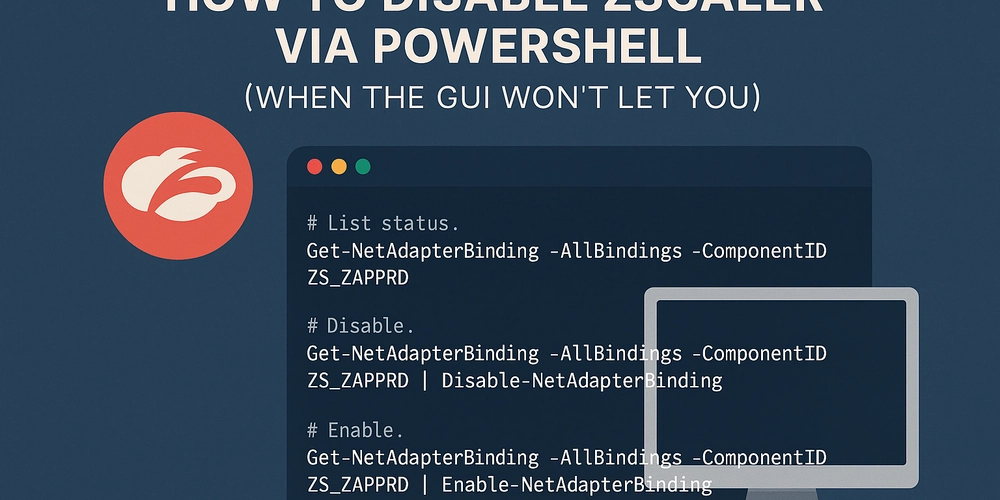

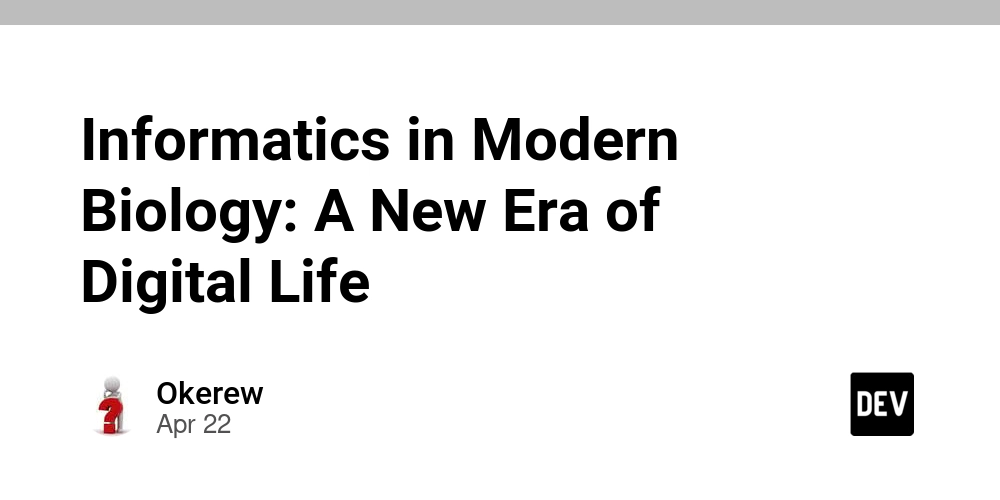
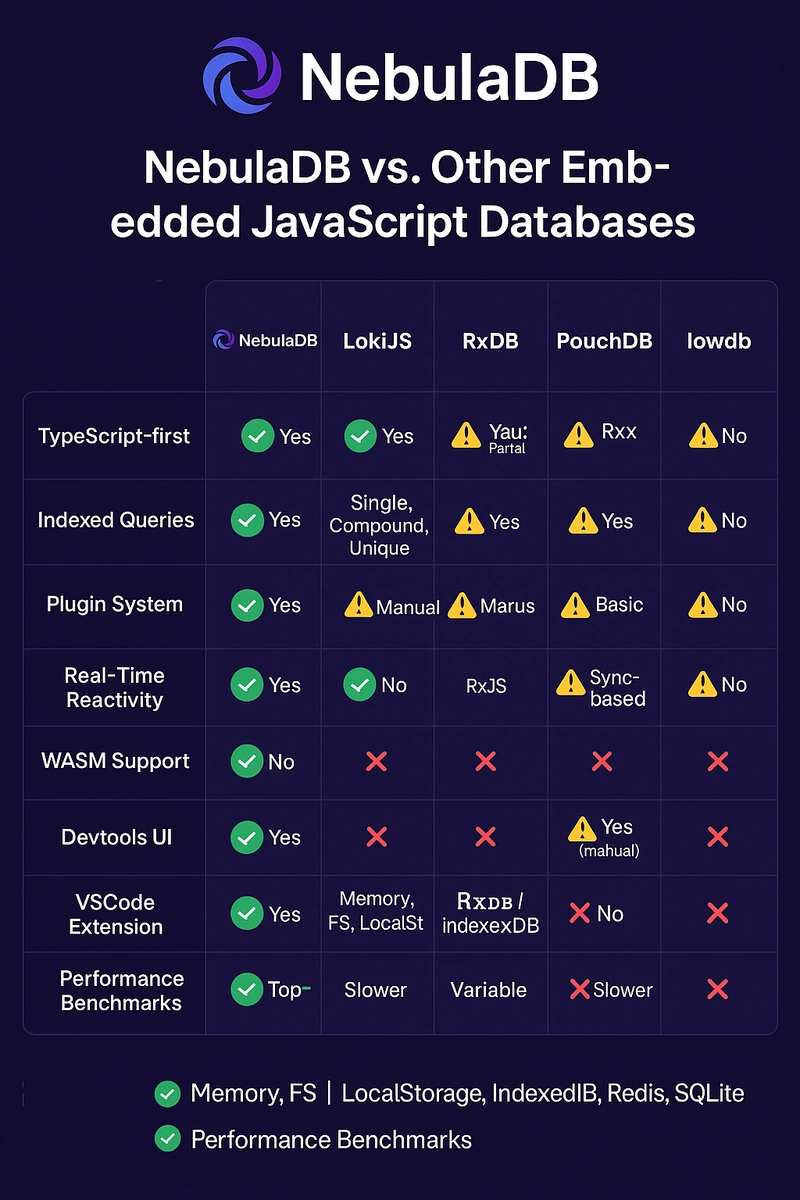





































![BPMN-procesmodellering [closed]](https://i.sstatic.net/l7l8q49F.png)

























































































-All-will-be-revealed-00-35-05.png?width=1920&height=1920&fit=bounds&quality=70&format=jpg&auto=webp#)
-All-will-be-revealed-00-17-36.png?width=1920&height=1920&fit=bounds&quality=70&format=jpg&auto=webp#)
-Jack-Black---Steve's-Lava-Chicken-(Official-Music-Video)-A-Minecraft-Movie-Soundtrack-WaterTower-00-00-32_lMoQ1fI.png?width=1920&height=1920&fit=bounds&quality=70&format=jpg&auto=webp#)
























_Weyo_alamy.png?width=1280&auto=webp&quality=80&disable=upscale#)
_Brain_light_Alamy.jpg?width=1280&auto=webp&quality=80&disable=upscale#)









































































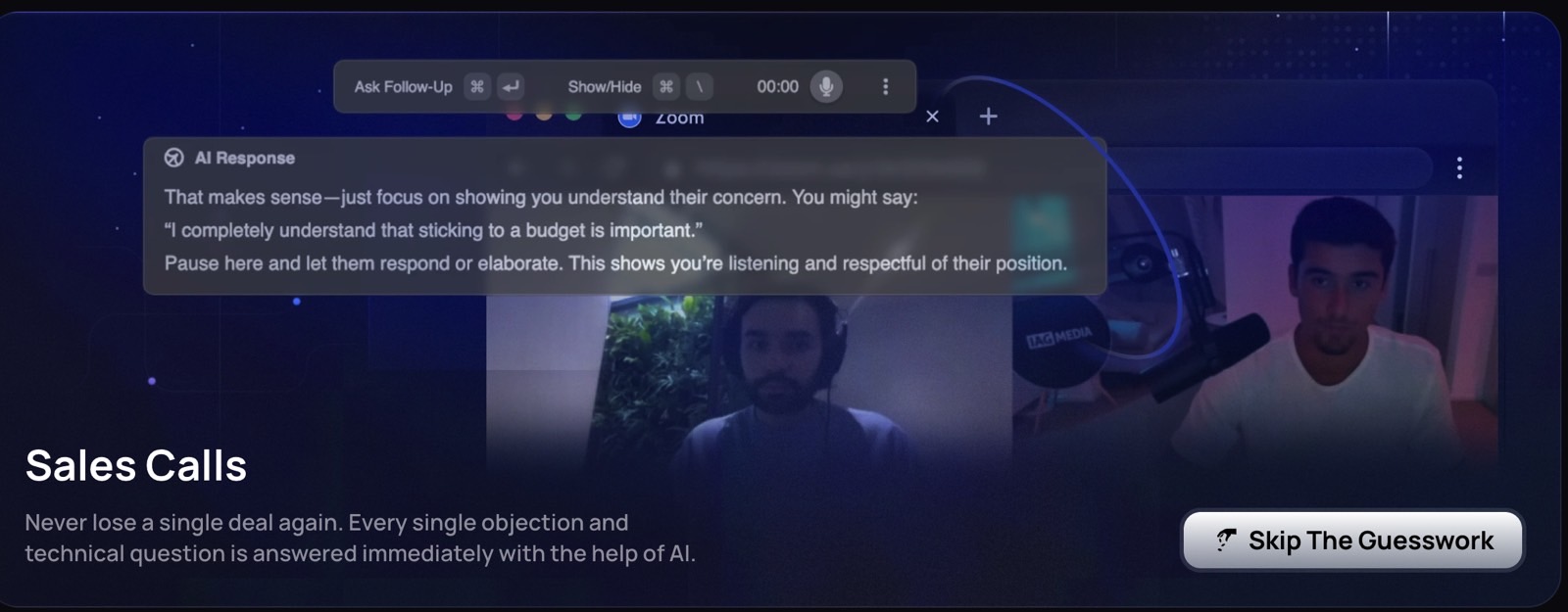














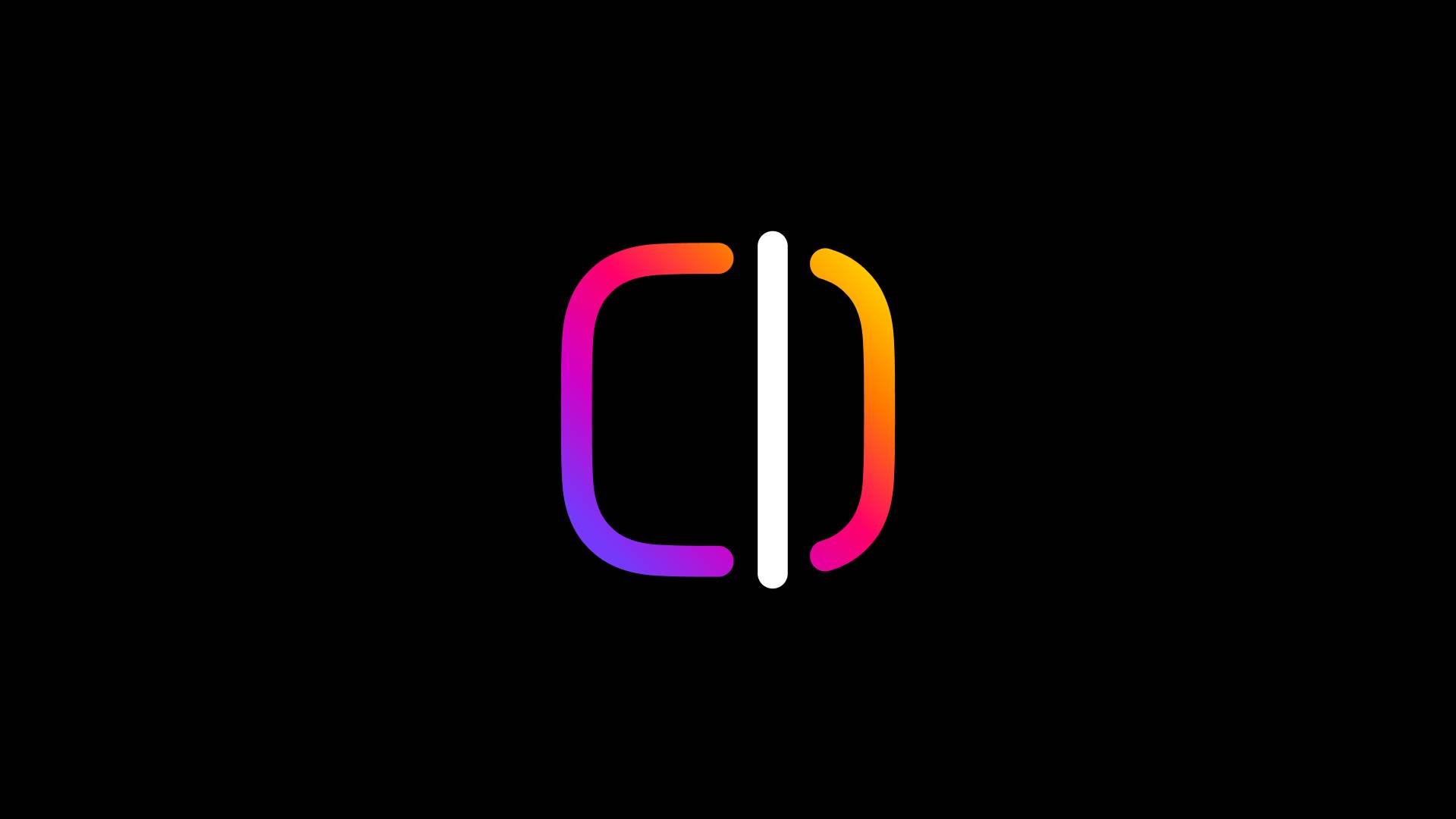





















![Apple Releases Public Beta 2 of iOS 18.5, iPadOS 18.5, macOS Sequoia 15.5 [Download]](https://www.iclarified.com/images/news/97094/97094/97094-640.jpg)

![New M4 MacBook Air On Sale for $929 [Lowest Price Ever]](https://www.iclarified.com/images/news/97090/97090/97090-1280.jpg)
![Apple iPhone 17 Pro May Come in 'Sky Blue' Color [Rumor]](https://www.iclarified.com/images/news/97088/97088/97088-640.jpg)

























